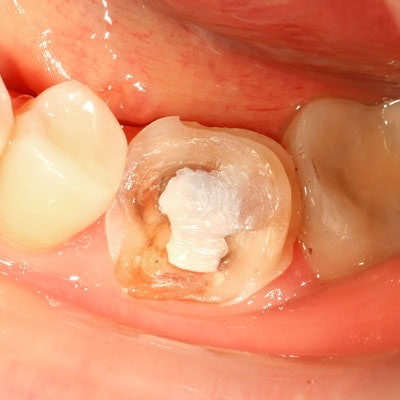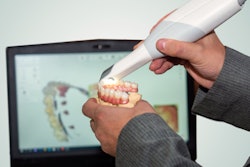
Patients in need of restorations value reduced wait times, no post-treatment pain, and other conveniences over longevity, according to recent research published in the Journal of Dental Research. What's more, they may be willing to pay for their preferences.
Patients in the U.K. were willing to pay between approximately 39 pounds ($48) and 116 pounds ($142) for a variety of attributes that they found important when receiving direct posterior restorations, the authors wrote.
"Clinicians should understand potential drivers of restoration choice, so they can be discussed with individual patients," wrote the authors, led by Oliver Bailey, BDS, a clinical fellow at Newcastle University in the U.K. (J Dent Res, July 25, 2022).
Patients put their money where their mouths are
More than the longevity of the restoration, the respondents placed importance on wait times, treatment times, aesthetics, the type of care provider, postoperative complications, and cost. The amount patients were willing to pay for restorations varied depending on the attribute.
Patients reported a high willingness to pay to avoid feeling any pain. They were willing to pay an additional 117 pounds ($142) to move from persistent pain after a procedure to no postoperative pain.
Respondents were also willing to pay 40 pounds ($48) to reduce a six-week wait for treatment to two weeks. They reported that they would be willing to pay 14 pounds ($17) to receive treatment by a dentist instead of a therapist and 42 pounds ($51) to change the filling color from silver to white, the authors wrote.
Finally, respondents were willing to pay 0.27 pounds ($0.24) per minute for reduced treatment time and 5 pounds ($7) per year for increased restoration longevity, the authors wrote.
Valuing amalgam alternatives
Determining what patients value in restorations is becoming increasingly important as Europe seeks to reduce its use of amalgam fillings. Though amalgam has been considered a low-cost effective material for restorations, in 2017, the European Union implemented a phase-out of the alloy, which is 50% mercury by weight.
Since alternative direct restorative materials differ in their outcomes and provision, the authors sought to learn patients' preferences for different attributes of restorations and their willingness to pay for them. The findings were based on a discrete choice experiment conducted using an online survey in which 1,002 patients from the U.K. responded to questions about wait times for fillings, clinician type, filling color, length of procedure, likely discomfort after the filling, average lifespan of the restoration, and cost. The authors used mixed logit models for data analysis.
While the study was limited to participants' past dental experiences and potential varied interpretation of no treatment, as delaying care could affect the findings, the findings can still help researchers and clinicians understand the qualities patients value in restorations beyond the final cost.
"This article highlights the potential for health economics to move beyond limited cost-effectiveness analyses, by combining innovative approaches and considering multiple perspectives to address complex decision problems in oral health and care," Bailey and colleagues concluded.




















